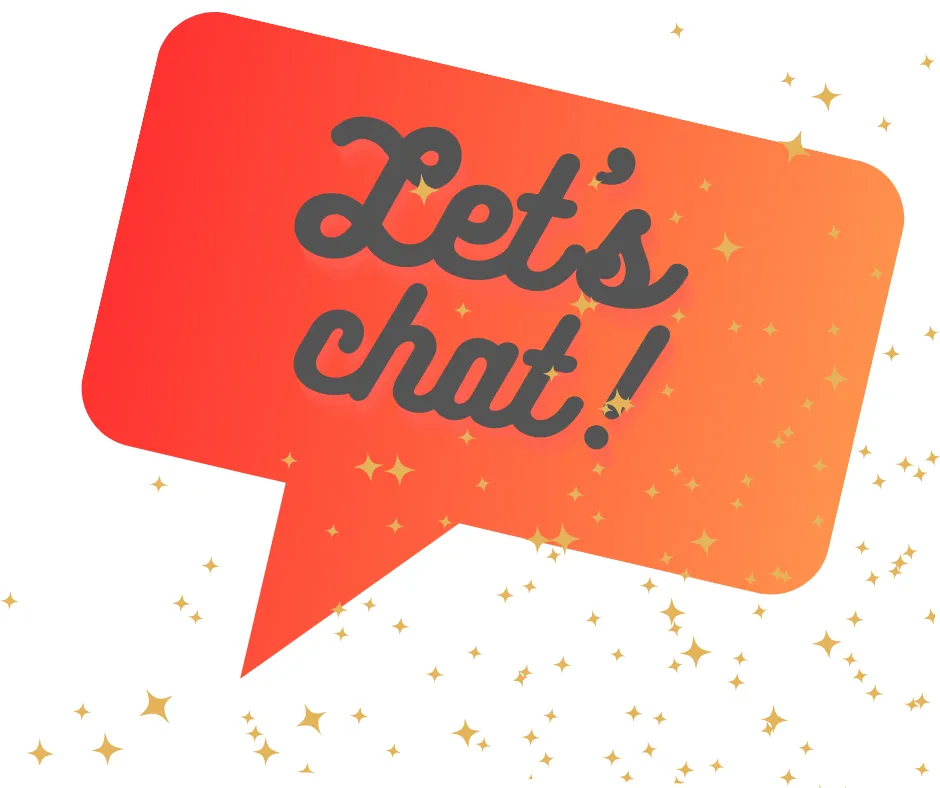Generative Pre-trained Transformer (GPT) is an algorithm that produces human-like text.
ChatGPT and other chatbot AI’s such as BingChat have changed the way businesses operate. With the ease of use to pull up information in seconds, it can improve a customer’s experience by answering questions in a timely manner. No more waiting on hold or digging up a website in hopes of finding a FAQ page.
Businesses around the world are using it to automate tasks, help with scheduling, assist with copy and marketing, plan travel, and so much more.
While ChatGPT and other GPT chatbots are a helpful resource, there are also some aspects that you need to be aware of. Here are the four main areas to be mindful of when using GPT.
Data Privacy. You should never put sensitive data into an AI search. These are open source platforms that have no encryption, and will have access to all of your chat logs. That is what they use to make their AI ‘smarter’. This creates a large opening for cyber-attacks, which can trickle down to your accounts, since you need to provide your name and email address to use most of the AI platforms.
Fact Checking. Since AI is based on human input and publicly accessible datapoints, the answers to your queries may pull from a human bias and not necessarily facts and proven data. GPT’s and AI’s are partly trained by RLHF (Reinforcement Learning from Human Feedback) which brings in the bias. Therefore, a good rule of thumb is to fact check any information you are using as truth.
Plagiarism. Since GPT and AI draws the information they feed back to you from other published content on the Internet, it is just plain good advice to be wary of plagiarism. While the platform models are trained not to generate verbatim content, there is still a risk that the content it feeds back to you could be dangerously close to someone else’s published and copyrighted content. A good practice is to use a plagiarism checker for work that has been generated through GPT or AI before publishing it as your own. A simple search will show several free checkers, such as Grammarly, Chegg, Quetext, and Scribbr.
Human Touch. GPT is designed to be formal and comprehensive. This does not help in website rankings if information is copied directly. Search engines tend to look for smaller, digestible snippets of content. When using it to generate copy, you may notice that it is more matter-of-fact and literal than what a human would generate. Best practice is to take the content of the GPT or chatbot and add your own touch to it.
As it is with any online platform, there are pros and cons. A solid positive of Chat GPT and other GPT chatbots is that they help fill the blank page that so many struggle with. Use it to help get you started, add your human touch, fact check and plagiarize check, and have fun with it!
Using GPT and AI Chatbots Safely and Effectivly - Anderson Administrative Solutions

